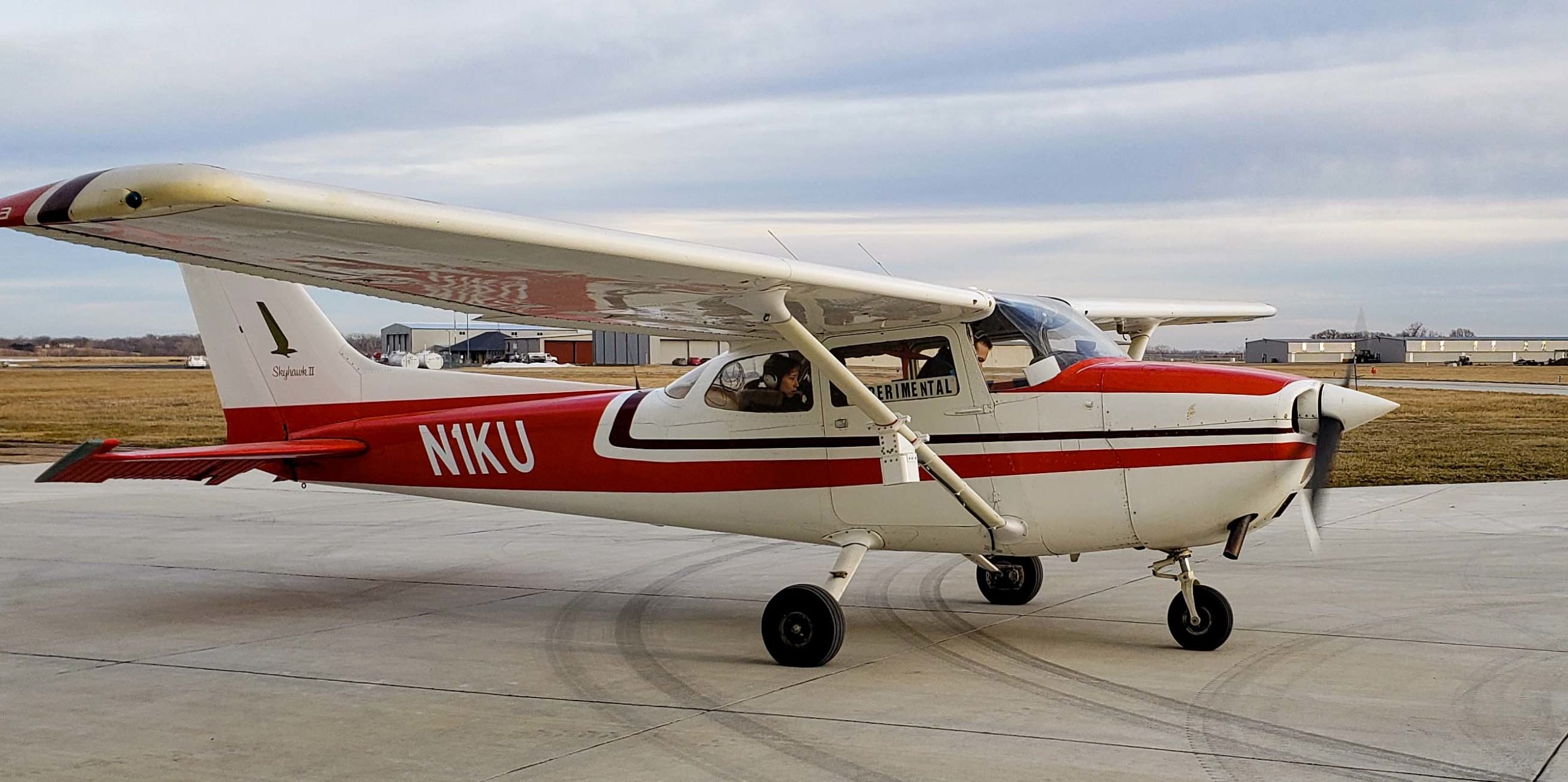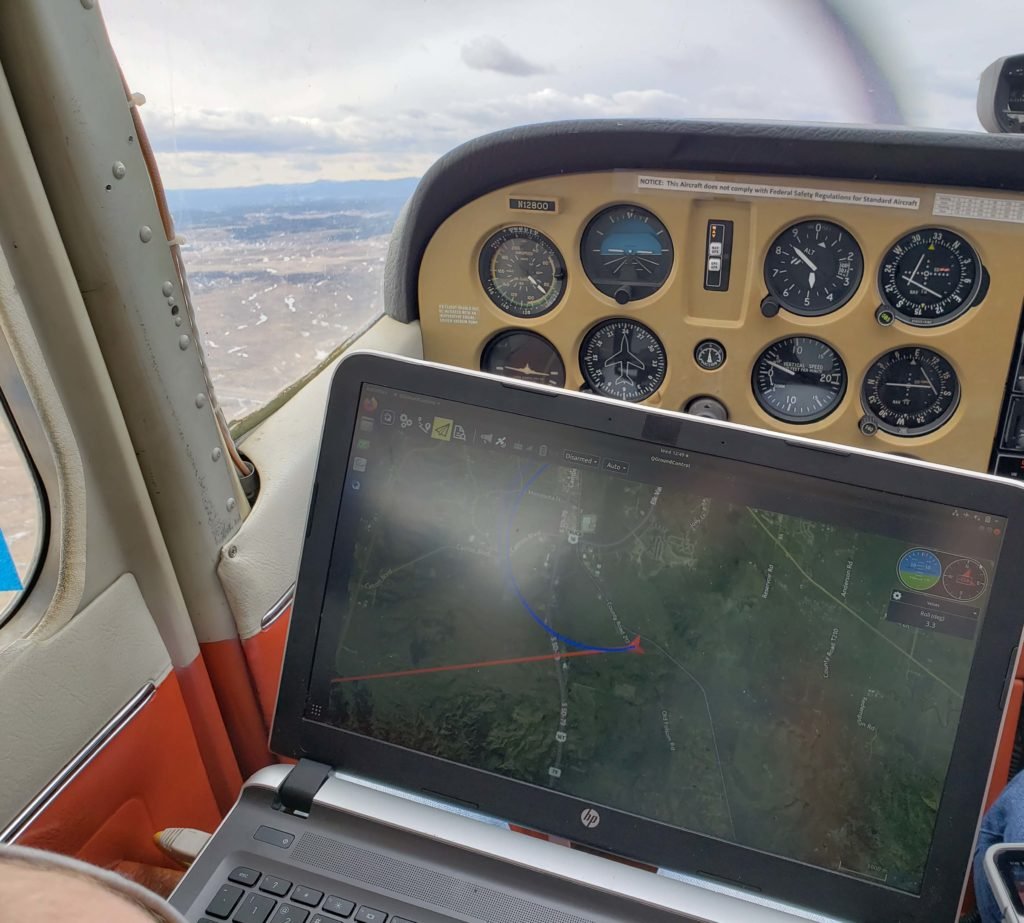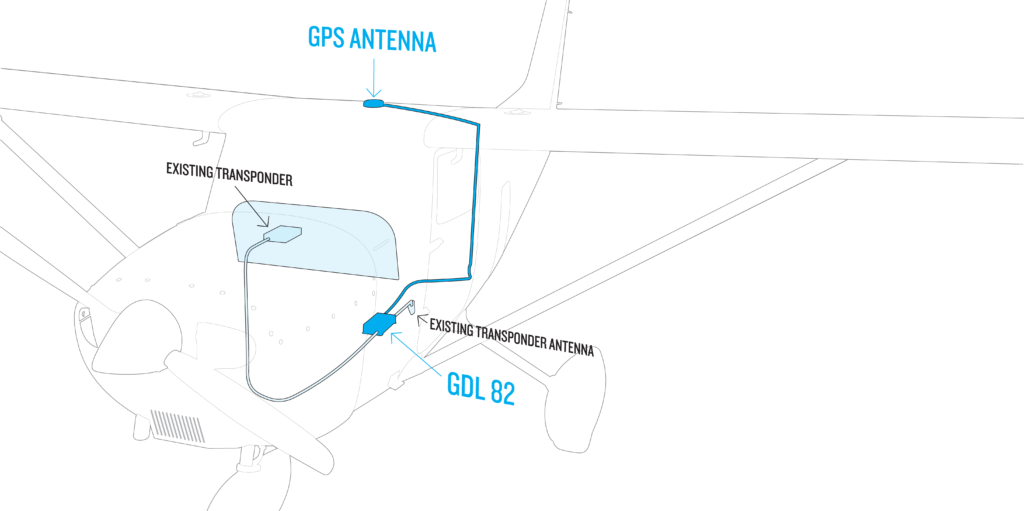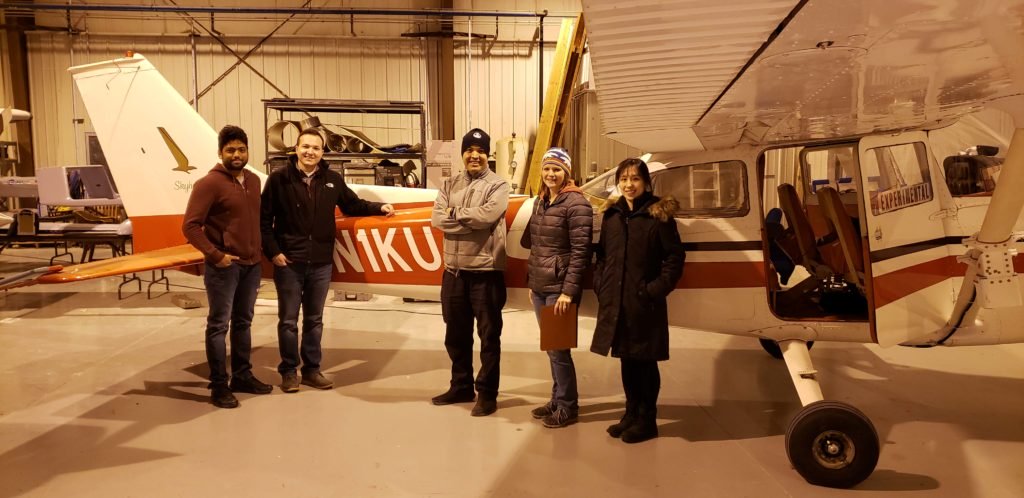Garmin Partners with University of Kansas on Environmental Research

February 28, 2020
In Lawrence, Kansas, a team at the University of Kansas School of Aerospace Engineering has taken technology from the 1970s and created a tool designed to gather environmental research data. The technology? A 1974 Cessna 172. The team has specially modified the aircraft with an advanced airborne radar designed to measure regional snow thickness throughout South Dakota’s Black Hills region.
The Mission
After spending four years in the hangar, the KU team restored a Cessna 172 to operational status to be used as a vehicle for gathering research data. A specially designed snow radars was installed on the classic Cessna and put into service gathering data throughout the Black Hills. The radars measure snow levels as the aircraft flies grid-like patterns over a specific area.

“The measurements will be used for hydrological models to help predict stream flow,” said Emily Arnold, assistant professor, University of Kansas Aerospace Engineering Department. “If they know how much snow there is, they can help determine how much water is going to run off into a stream and help determine how much water will be available to people within a region as they manage the resource.”
We helped the team meet 2020 FAA ADS-B requirements by providing our GDL 82 ADS-B “Out” datalink. This small, lightweight, easy-to-install 978 MHz universal access transceiver features our patented AutoSquawk technology. It’s a cost-effective solution for aircraft that operate in controlled U.S. airspace below 18,000 feet and was an ideal solution for the KU engineering team because they wanted to keep the aircraft’s existing transponder.

What’s next for the Cessna 172?
“Sense and avoid research with UAVs (unmanned aerial
vehicles),” said Arnold. “The Cessna 172 is a valuable resource within our
department. Having an aircraft like that makes performing our research more
cost-effective.”

To learn more about our GDL 82 ADS-B “Out” datalink, visit Garmin.com/GDL82.
